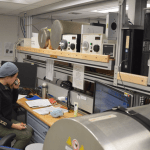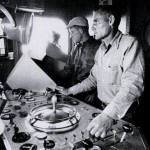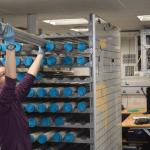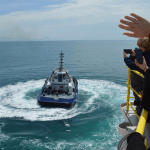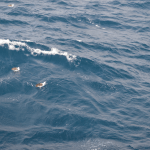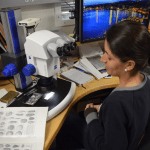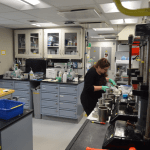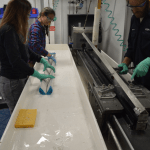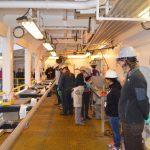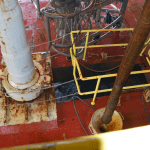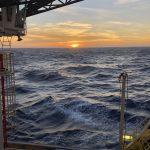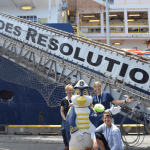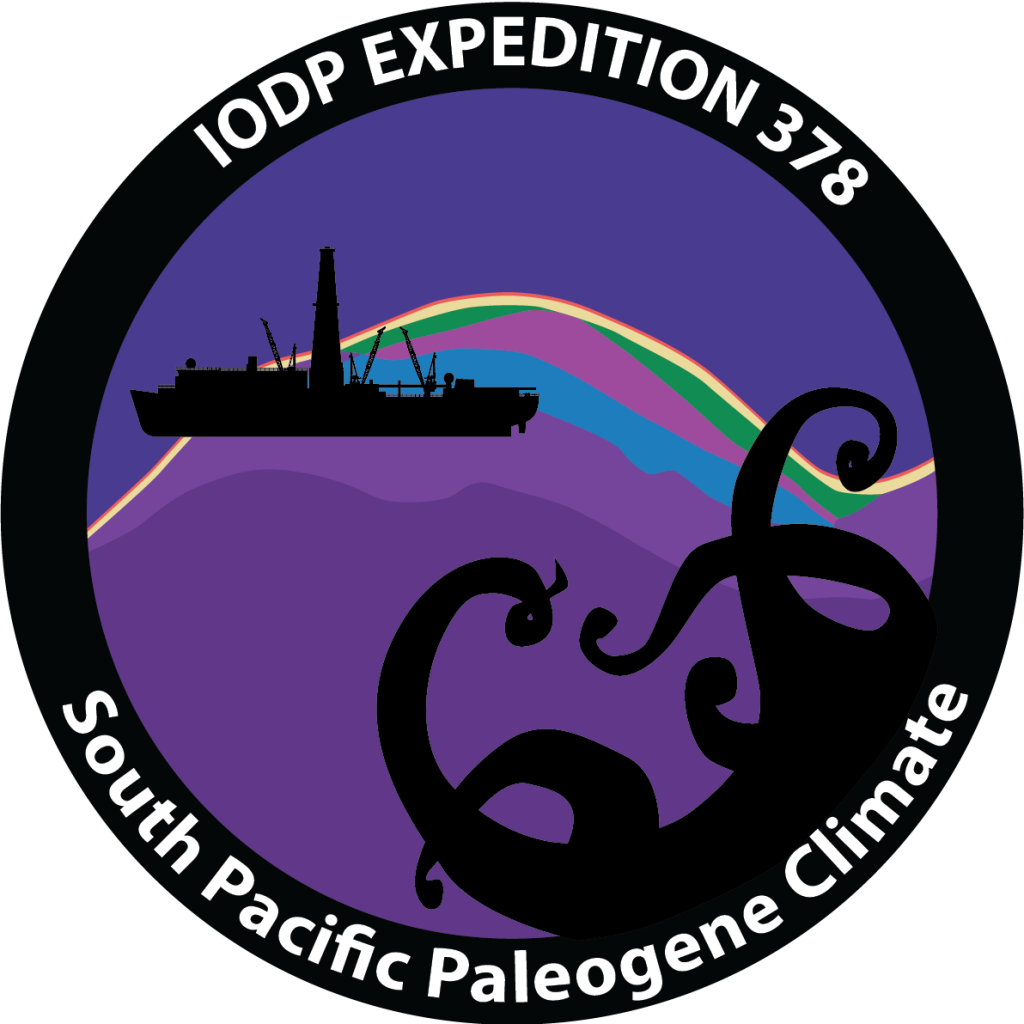
South Pacific Paleogene Climate
Investigating the past to inform our future
There was a time, millions of years ago, when the Earth was much warmer than it is today. About 56 million years ago (the beginning of the Eocene), there was a massive release of carbon into the atmosphere that triggered a warm spike in the Earth’s climate, bringing global temperatures up by as much as 8°C (14°F) This led to changes in the ocean’s ability to support life, as well as its chemistry and currents.

Scientists have been investigating these changes to inform us about what might be in store for us in a warming world. By gathering as much data as possible, scientists can create more and more accurate climate models that describe our Earth. Much of this data collection requires drilling into the ocean floor in remote areas to look at the sediment layers that have been laid down throughout all those millions of years.
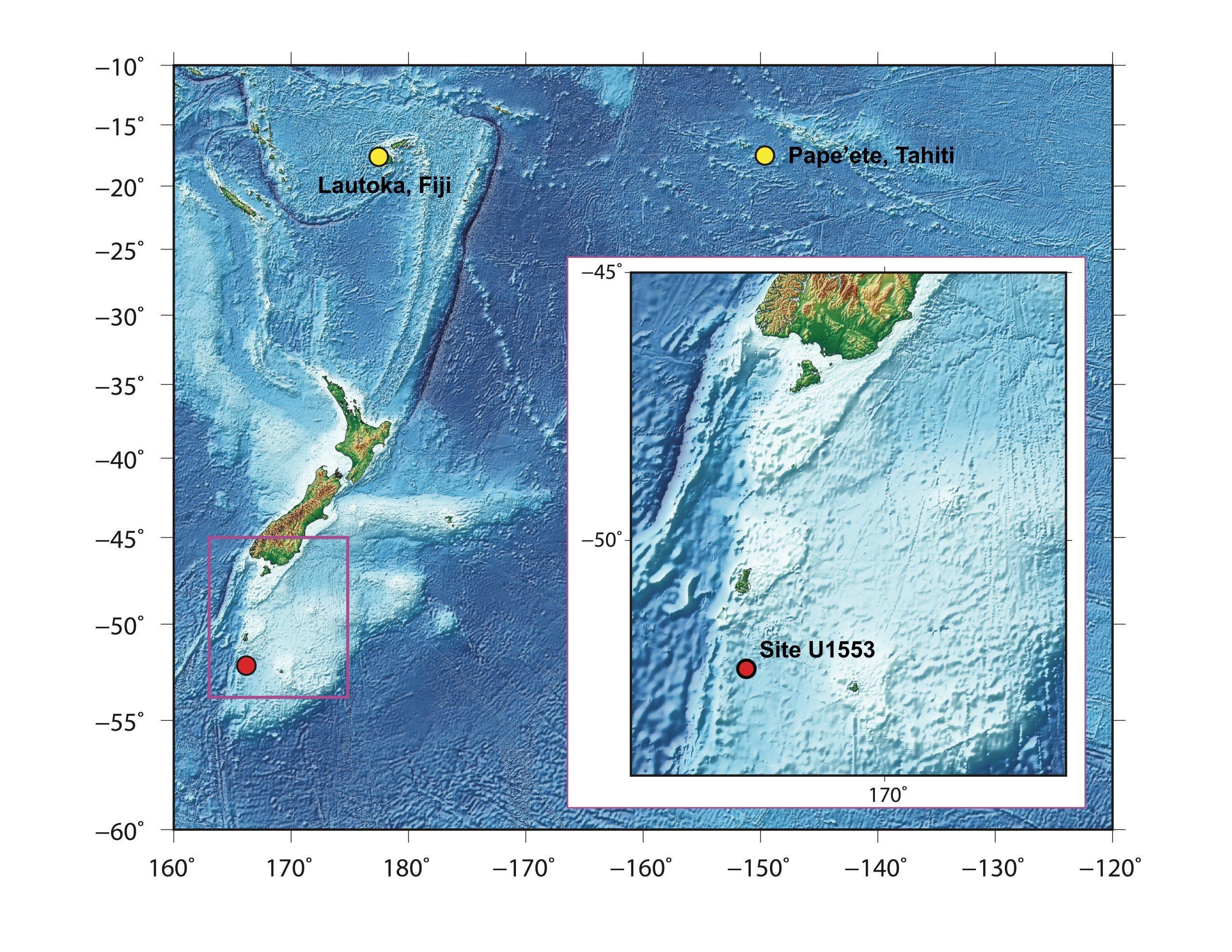
The main objective of Expedition 378 is to investigate Earth’s climate during the Paleogene period, a geological time period between 66 and 23 million years ago. To do this we will be looking at drill site U1553, located on the Campbell Plateau South of New Zealand. At this site Exp. 378 will also drill deeper to look at the Cretaceous/Paleogene mass extinction event from ~66 million years ago, better known as the event that killed the dinosaurs. The U1553 drill site will yield sediment and rock that give us a better understanding of this time in Earth’s past. This site was previously drilled about 50 years ago, and now we have a chance to return to learn more with newer, better drilling and lab techniques that will allow us to get richer cores and data.
What will the expedition uncover to help us in our understanding of climate change impacts and scenarios? What else might we learn about the Pacific Ocean’s past? Stay tuned on the expedition website for blog updates and make sure to follow us on Twitter, Facebook, YouTube, Instagram and Soundcloud too.
Our two co-chiefs also have their own blogs!
- Debbie Thomas, Dean of Geosciences at Texas A&M blogs here.
- Ursula Röhl, of Marum Research Faculty at Universität Bremen blogs in German here on the Marum website and here.
For a short introduction to the expedition and it’s objectives, you can listen to onboard outreach officer Claire Concannon talk to Radio New Zealand here.
Expedition 378 has its own podcast! You can listen on the JR Soundcloud account, or on all your usual podcast providers, just search for JOIDES Resolution.

